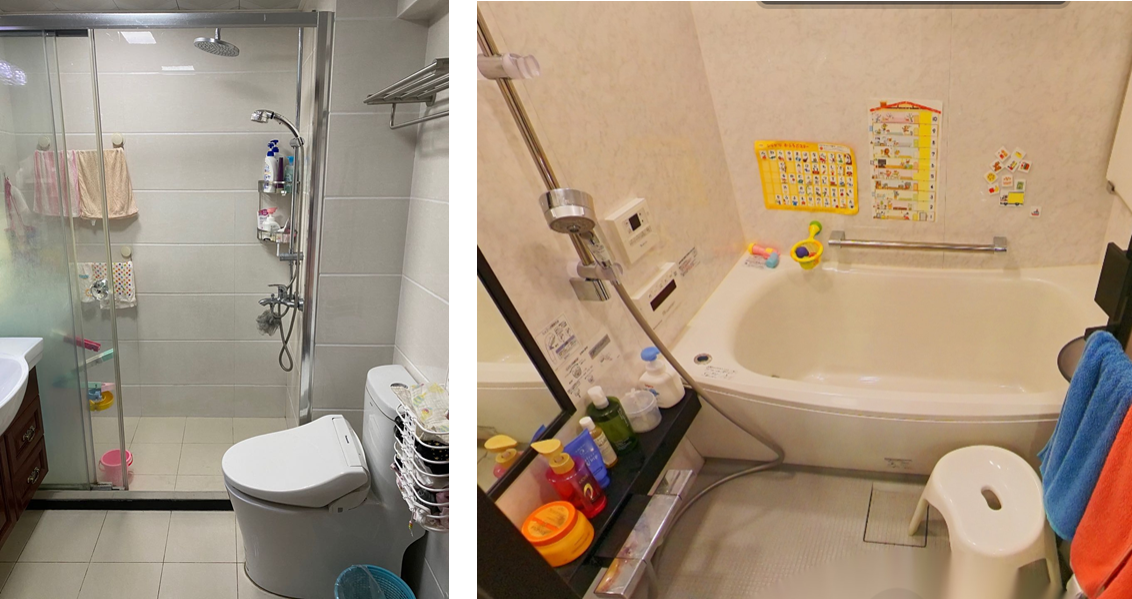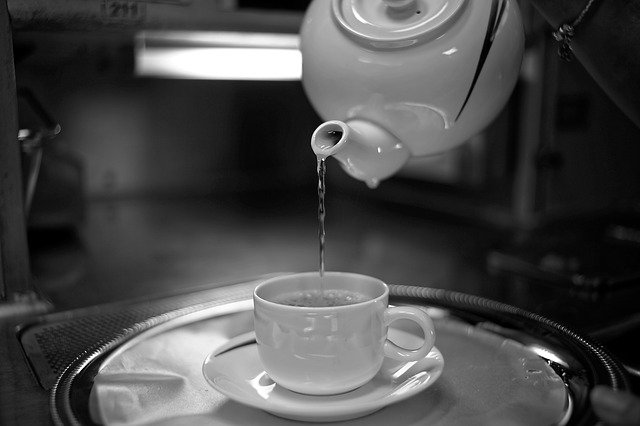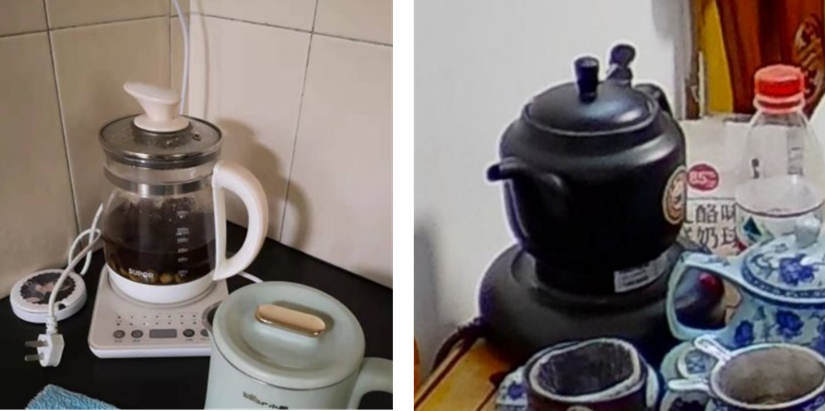【中国:地球の暮らし方】給湯器の普及と使用実態
- Release date: Oct 30, 2023
- Update date: Sep 11, 2025
- 4666 Views
Winter approaches. As the days grow colder, hot water from the tap becomes indispensable. For this reason, water heaters have become essential in Chinese households today. These water heaters have evolved significantly in the Chinese market, with a growing variety of types available. This time, we will look back at the history of water heater adoption and introduce the actual usage patterns of water heaters among consumers registered in the Consumer Life Panorama database provided by INTAGE.
The Evolving Water Heater for Chinese Households
Hot water flowing from the tap is something we take for granted today, but looking back to my childhood (about 30 years ago), it wasn't always available. When washing with hot water, the only options were to boil water each time or store it in a thermos. A little later, as I grew older, solar water heaters became popular throughout China, and my family installed one too.
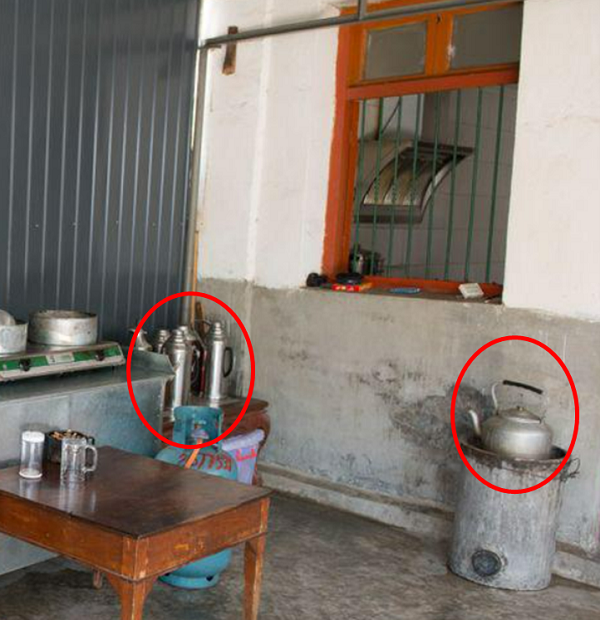
Old thermos flask (left) and water heater (right) (CN(D)_30)
Source: Consumer Life Panorama
What is Consumer Life Panorama?
This is a website-type database that has accumulated visual data on more than 1,000 sei-katsu-sha from 18 countries around the world. The database includes many 3D models of living environments and 2D data of items owned by each sei-katsu-sha, and is useful for understanding overseas sei-katsu-sha, which is difficult to grasp using only letters and numbers.
Using visual data such as those cited in this column,
Compare the differences in the attributes of overseas consumers
To get a realistic understanding of the actual usage of each category
To understand the overall lifestyle of target consumers
etc., can be utilized as a “no-go” home visit survey.

Solar water heaters offer two main advantages: ① Easy installation (simply place it on the roof, run a hose indoors, and you can use the stored heated water) and ② Savings on utility bills (as long as it's not cloudy or raining, sunlight heats the water, eliminating electricity or gas costs). However, the disadvantages are also significant. For instance, while there are no issues on sunny days, on days without sunlight, hot water may not be available, or if it is, it might not be sufficiently warm. Furthermore, the amount of hot water available at any one time is limited, so it can sometimes be insufficient when large quantities are needed. Other problems include issues with aging over time and the difficulty of regulating the water temperature.
Because of these reasons, the number of households using solar water heaters has decreased in recent years. Instead, electric water heaters or gas water heaters are increasingly being used. In Japan, gas water heaters are more common since LP gas and city gas are already widely available. However, in China, many households choose electric water heaters.
One reason for this is believed to be infrastructure development. While electricity had been available for a long time, gas used to require installing gas tanks, and most households could only install one. Consequently, that single tank was often used for the cooking stove, leaving no gas available for a water heater. As a result, electric water heaters became more commonly used than gas water heaters. Furthermore, among electric water heaters, there are two types: instantaneous (on-demand) and storage tank. Storage tank types are more commonly used in Chinese households.
Storage tank electric water heaters, like solar water heaters, require water to be stored. If the capacity is insufficient, problems arise where hot water runs out when used by large numbers of people. In contrast, as gas has become more widespread in recent years, gas water heaters that heat water instantly upon use have gradually become more popular.
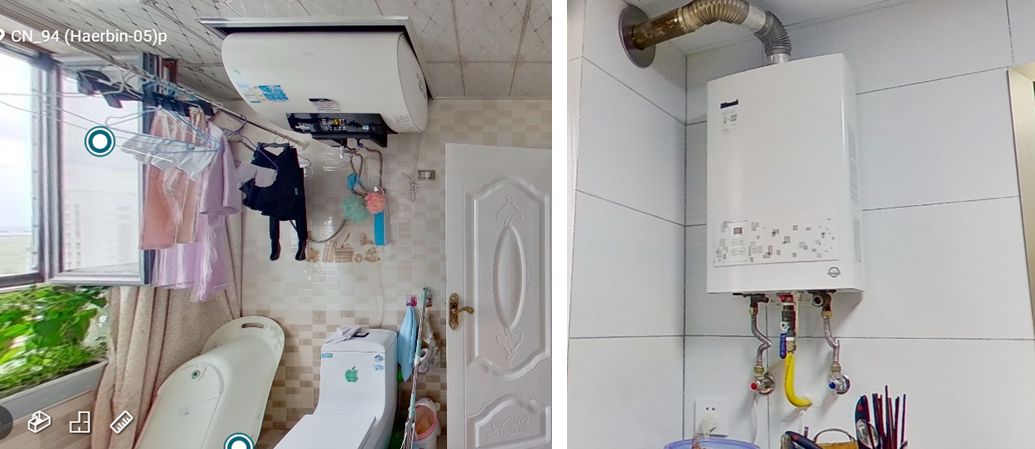
Tank-type electric water heater (right) and gas water heater (CN_94, CN_25)
Source: Consumer Life Panorama
Installation and Usage of Water Heaters
The installation location of water heaters varies depending on their purpose. Tank-type electric water heaters primarily supply hot water for showers, so they are typically installed on the bathroom ceiling. Another reason is that the tank is large, making it difficult to fit in the limited space of a kitchen. Gas water heaters, on the other hand, are often installed in the kitchen. While they are also used for showers, they primarily serve cooking needs in the kitchen. Furthermore, gas water heaters themselves are compact, making them suitable for kitchen placement. Additionally, installing them in the better-ventilated kitchen rather than the bathroom reduces concerns about gas leaks.
Regarding when water heaters are used, the most frequent occasion is still showering. While Japan has a daily bath-taking habit, China often relies solely on showers. Regional differences also exist. In southern China, many households shower once daily in the evening, regardless of season. In northern China, people typically shower every few days and visit public bathhouses (sentō) when they want a full-body clean. Additionally, on particularly cold days, hot water is used during cooking, especially for washing dishes.
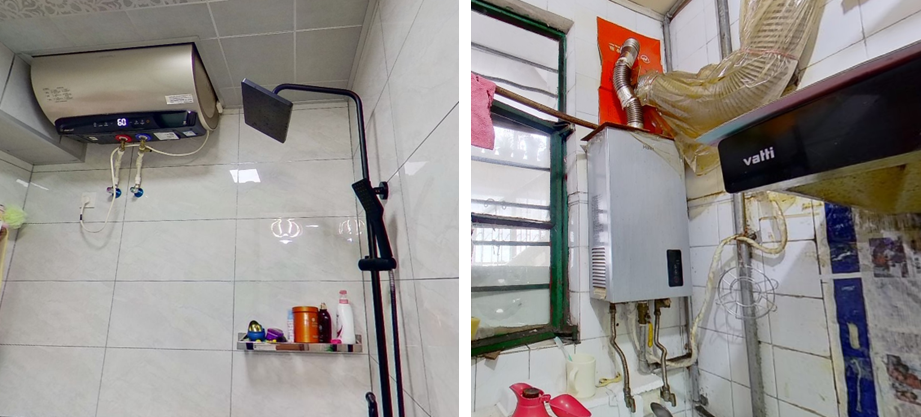
Electric water heaters installed in bathrooms (left) and gas water heaters installed in kitchens (CN_92, CN_99)
Source: Consumer Life Panorama
-
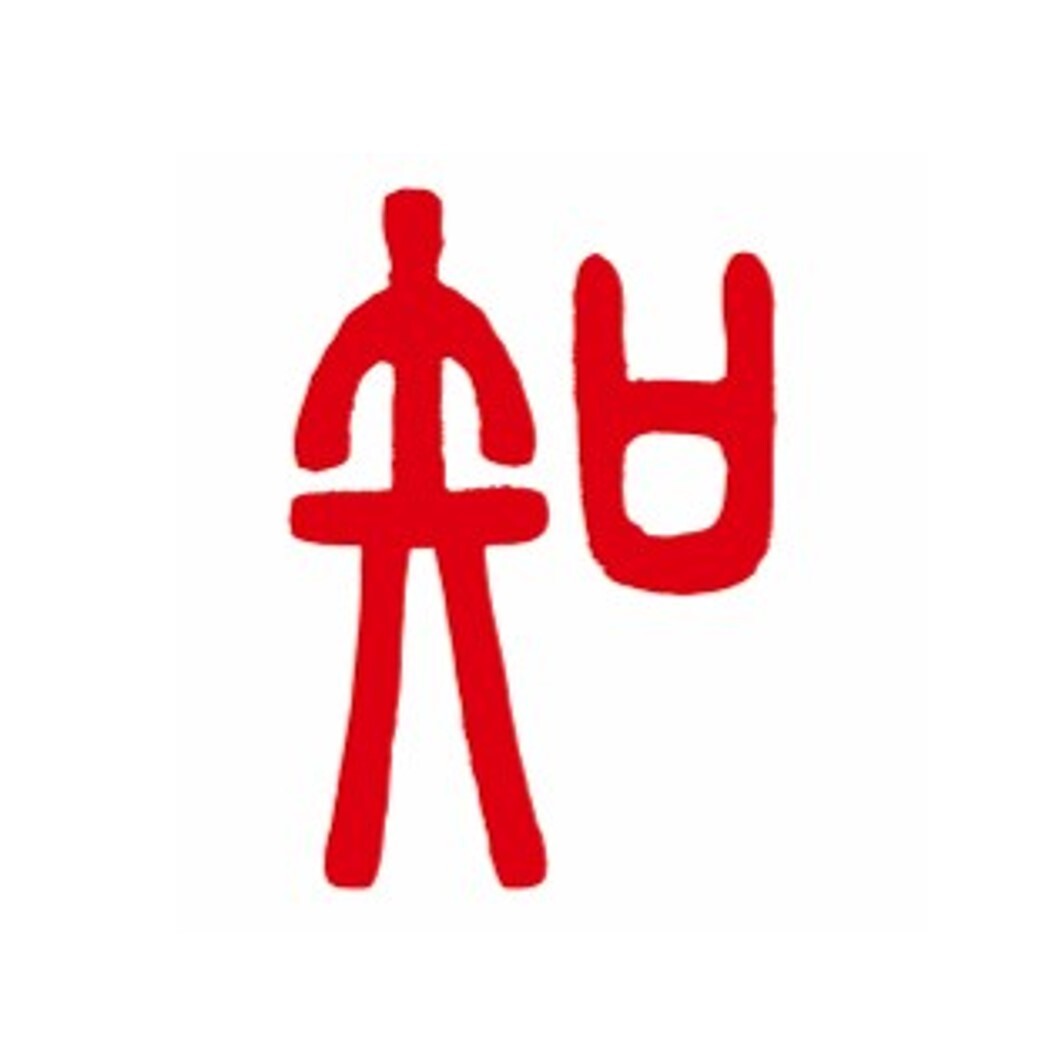
Author profile
Yang Yan
A Chinese researcher based in Japan who primarily shares insights on overseas consumer lifestyles, focusing on China. Believes that unless you wash your face with hot water, it's not truly clean.
-

Editor profile
Risa Takahama
I was in charge of building the Global Market Surfer website. I feel hot water is essential for washing dishes because it helps water drain off better.
 Global Market Surfer
Global Market Surfer CLP
CLP
